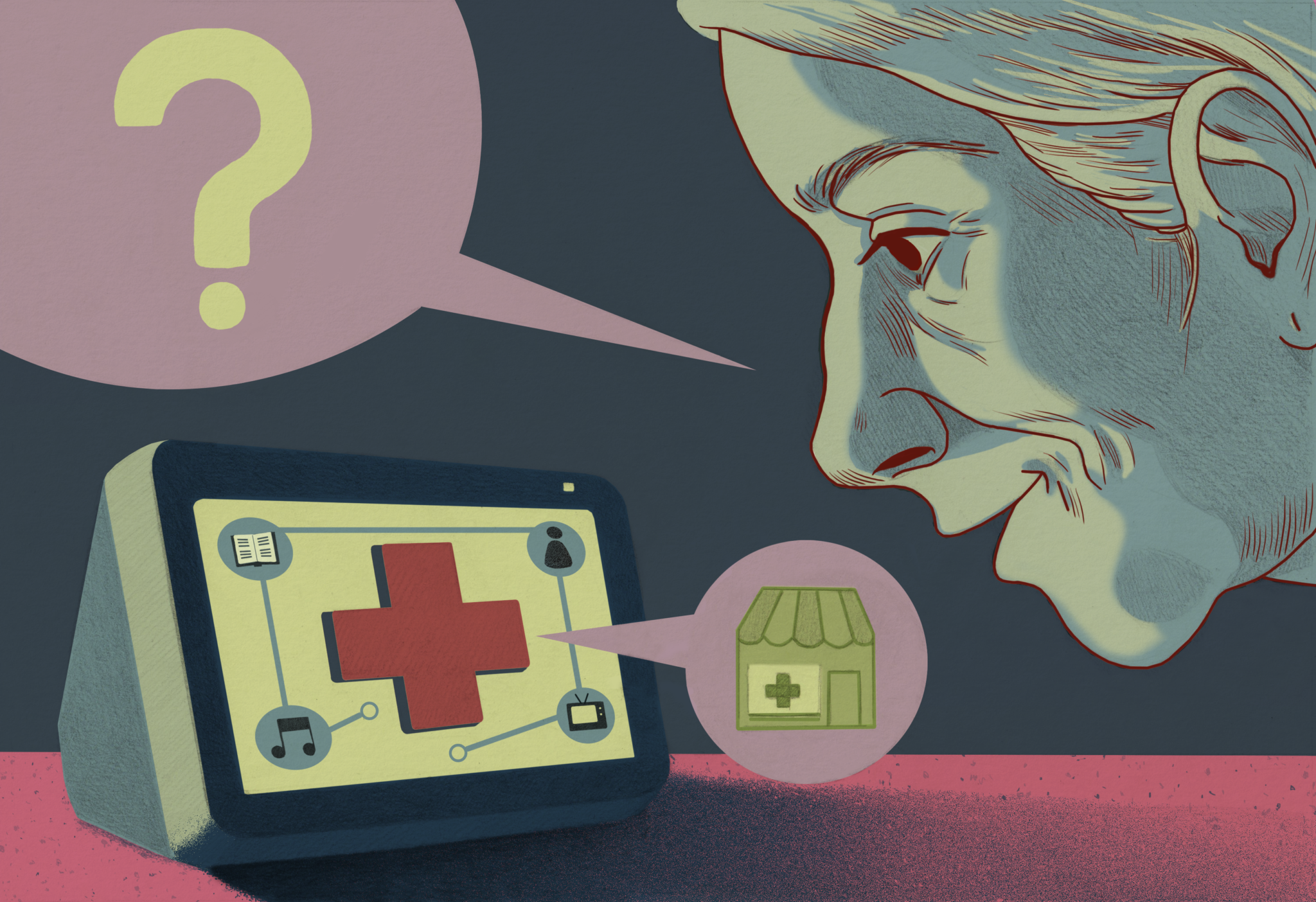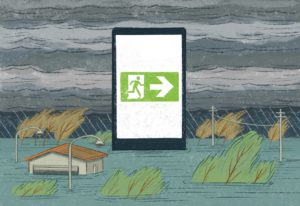
Pau Gasol Valls
Description
The Safe Delivery App is a smartphone application developed by Maternity Foundation, that offers skilled birth attendants with instant access to evidence-based and up-to-date clinical guidelines to provide safer births for mothers and newborns, everywhere.
Context
Despite progress, maternal and child mortality remains unacceptably high, especially in sub-Saharan Africa and southern Asia. Skilled care before, during and after childbirth can save the lives of women and newborns. In 2016, Maternity Foundation, Danish Red Cross and Guinea Red Cross introduced the Safe Delivery App in Guinea to contribute to reducing the high maternal mortality rates and the severe lack of access to quality health services and trained health professionals, especially in rural areas. The SDA was thereafter also introduced in Red Cross projects in Myanmar to contribute to improving maternal and child health.
With the outbreak of Covid-19, activities had to be adapted and strengthened to prevent Covid-19 transmission and respond to new fears and threats from the pandemic rising among health care workers, pregnant and breastfeeding women. Here, the SDA app was found very useful, as a Covid-19 module was quickly developed and made available via the App which made it possible to access and share relevant and evidence-based information on Covid-19 prevention for safe deliveries, breastfeeding and vertical transmission.
Technical details & Operations
The Safe Delivery App (SDA) is a smartphone application that provides skilled birth attendants with direct and instant access to evidence-based and up-to-date clinical guidelines on how to assist deliveries and handle most common childbirth emergencies. The App leverages the growing ubiquitous of mobile phones to provide life-saving information and guidance through easy-to-understand animated instruction videos, action cards, and drug lists. Thus, it can equip birth attendants even in the most remote areas with a powerful on-the-job reference tool. It is a free mobile application that guides health workers in how to handle the most common childbirth emergencies – straight from their phones or tablets. In April 2020, Maternity Foundation launched a Covid-19 module to the app with key information, animated video instructions, check lists and guided training to limit the spread of Covid-19, including information on infection prevention, breastfeeding and vertical transmission.
Deployment & Impact
In 2016, Danish Red Cross teamed up with Maternity Foundation for the first time to introduce the Safe Delivery App (SDA) as part of a Reproductive Health project in Guinea with the aim to improve maternal and child health, and reproductive health and rights among rural communities. Here, training was provided to 51 health staff covering 24 health facilities. Likewise, in 2018, the SDA was introduced in Myanmar in close collaboration with the Ministry of Health and Sports. It was introduced in two rural health centers as part of a Reproductive, Maternal, Newborn, and Child Health (RMNCH) project with the aim to strengthen the health systems capacity to deliver quality RMNCH services. Here, training was provided to 61 health care workers.
Furthermore, in May 2020, Maternity Foundation reached out to Danish Red Cross to announce the availability of a new Covid-19 module of the SDA and offered their support to train trainers remotely on how to use the Covid-19 module. This was an opportunity to increase the resilience of health care workers facing an eventual outbreak of Covid-19 in their localities, by allowing them to be better prepared by knowing how to prevent and control Covid-19 infections.
The evaluation of the project in Guinea showed that the Basic Emergency Obstetric and Newborn Care training, provision of new medical equipment, and using the SDA improved the quality of care provided at health facility level, contributed to a decrease in referrals and an improvement of the timeliness of necessary referrals, and had a positive impact on professional motivation on the job.
In Myanmar, there was a solid uptake of the app and a good geospatial distribution. The end-line report from the project in Myanmar showed that the app provided support and clinical guidance to health workers in various situations. The health care workers used the app frequently and there was an average improvement of 24% in the knowledge levels from baseline to end-line, an increase in overall confidence levels and a feeling of becoming better at their jobs.
Common for both projects are that the SDA was mainly used by health care workers to revise and strengthen their knowledge and that it afterwards was perceived by those health care workers as useful to do exactly that. Furthermore, in both countries the app was found to be user-friendly and had context appropriate content.





